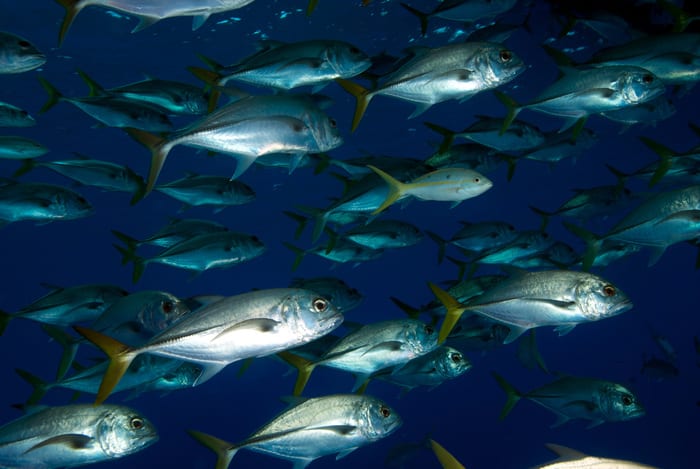Mexican Aquafeeds Producers and Fish Farmers Participate in USSEC Virtual Course
- Category:
- Aquaculture
- Virtual Events

Working together with the National Council of Manufacturers of Balanced Feeds and Animal Nutrition, A.C.(CONAFAB) in the Mexican market, USSEC developed a virtual course, “In Search of Efficiency.” The objective of the virtual event was to share updated and relevant information on aquaculture production and feeds with a high inclusion of U.S. Soy, which may have a favorable impact on the search processes to optimize and make the aquaculture business efficient. Mexican aquaculture production during this fiscal year will reach around 250,000 metric tons (MT), representing a good potential for the use of U.S. Soy products. More than 234 people attended the conference.
Subject matter experts and USSEC consultants Dr. Allen Davis, aquaculture nutritionist; Dr. John Hargreaves, aquaculture consultant and water management and carrying capacity calculations specialist; Mark Newman, specialist in aquafeed manufacturing; Gerardo Luna, USSEC lead for Mexico and expansion markets; and Jairo Amezquita, USSEC Aqua Program Manager – Americas collaborated on this virtual course.
Dr. Davis presented a lecture on shrimp nutrition and the latest developments using a high U.S. soy inclusion on feeds for shrimp as well as the use of technology with acoustic feeders for reaching the efficiency using the feed, which is considered as more than 50% of the total cost per kg of shrimp produced. Dr. Hargreaves provided technical support to the tilapia and shrimp producers, addressing sustainable production in different kinds of production systems. Topics included a brief market summary, factors that affect tilapia and shrimp growth, with an emphasis on temperature and oxygen, impacts of waste loading on the environment, sustainable carrying capacity level, and methods to reduce nutrient loading. Mr. Newman presented a lecture on the manufacturing of pelleted and extruded shrimp feeds, aqua feeds quality control, and fish nutrition. Before the start of the presentations, the role of USSEC in promoting the use of U.S. soybean meal in aquafeeds used to support aqua farming in Mexico was explained. Attendees also learned more about the use and sustainability of U.S. Soy in aquafeeds. Discussions were held about increasing the inclusion rate of soybean meal or other soy products with the audience.
The main recommendations and conclusions for the audience from this virtual course with Mexican aquafeed producers and farmers are as follows:
USSEC will continue supporting the sustainable growth of the aquaculture industry around the world as a source of animal protein production for feeding the humanity.



